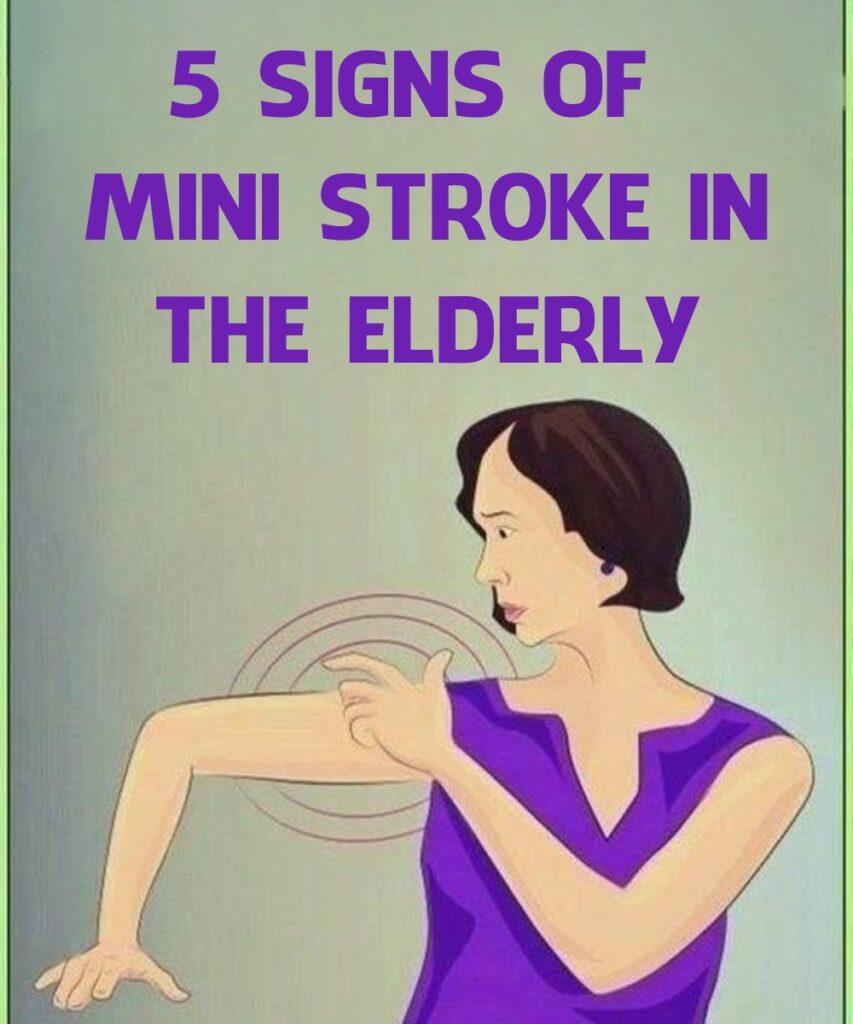
Are You Worried About Your Elderly Loved One’s Health? Recognizing the Signs of a Mini-Stroke
Is your elderly loved one displaying unusual symptoms that concern you? Could these signs point to a mini-stroke? If you’re unsure, this article will help you understand what to look out for. We’ll cover the most common symptoms of mini-strokes in seniors, their causes, risk factors, and the best treatment options available. Keep reading to learn more.
What Causes Mini-Strokes in the Elderly?
Mini-strokes, medically known as transient ischemic attacks (TIAs), occur when there’s a brief interruption in blood flow to the brain. This temporary disruption is often caused by:
- A blood clot blocking an artery
- Narrowing of the arteries due to plaque buildup (atherosclerosis)
- Artery spasms or other cardiovascular issues
In elderly individuals, the most common cause is arterial narrowing due to age-related changes like hardening of the arteries.
Other risk factors include:
- High blood pressure
- Diabetes
- High cholesterol
- Smoking
- Certain medications (e.g., birth control pills, some blood thinners)
Common Symptoms of Mini-Strokes in the Elderly
TIAs can be early warning signs of a more serious stroke. Recognizing them early and getting immediate medical attention can make a critical difference. Symptoms usually come on suddenly and may last only a few minutes to a few hours.
Watch for the following signs:
1. Sudden Numbness or Weakness
- Especially on one side of the face, arm, or leg
- May appear as drooping on one side of the face or difficulty lifting an arm
2. Confusion or Difficulty Speaking
- Trouble understanding speech or finding the right words
- Slurred or incoherent speech
3. Vision Problems
- Sudden blurred or double vision
- Vision loss in one or both eyes
- Seeing shadows or dark spots
4. Loss of Balance or Coordination
- Dizziness or trouble walking
- Unsteadiness or stumbling without an obvious cause
5. Severe Headache with No Known Cause
- A sudden, intense headache that isn’t related to a known condition
- May be accompanied by confusion or difficulty speaking
Risk Factors for Mini-Strokes in Older Adults
Elderly individuals are at a higher risk for TIAs due to age-related health conditions. Some of the most significant risk factors include:
- Hypertension (high blood pressure)
- Diabetes
- Heart disease
- Obesity
- Smoking and excessive alcohol use
- Sedentary lifestyle
Regular check-ups, managing blood pressure and cholesterol, and following medical advice can significantly lower the risk.
Treatment for a Mini-Stroke
Though TIAs are temporary, they signal a serious underlying issue. Immediate treatment can reduce the risk of a future, more damaging stroke.
Common treatments include:
- Blood thinners (e.g., aspirin, anticoagulants, antiplatelet agents)
- Thrombolytics in specific cases to dissolve clots
- Lifestyle changes:
- Quitting smoking
- Reducing alcohol intake
- Eating a heart-healthy diet
- Regular physical activity
Doctors may also recommend surgery or procedures to open narrowed arteries in high-risk patients.
Conclusion
If your elderly loved one shows any of the symptoms mentioned above, seek medical help immediately. While these signs may be caused by a mini-stroke, they can also indicate other serious conditions like meningitis, multiple sclerosis, or low blood pressure. Early intervention is crucial in preventing long-term damage and ensuring the best possible care.
By staying informed and proactive, you can help protect your loved one’s health and well-being.


